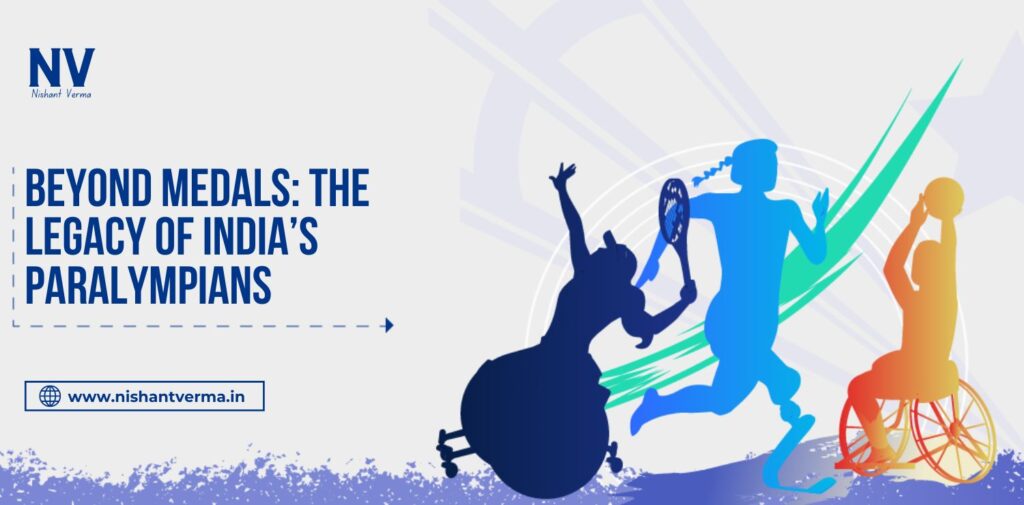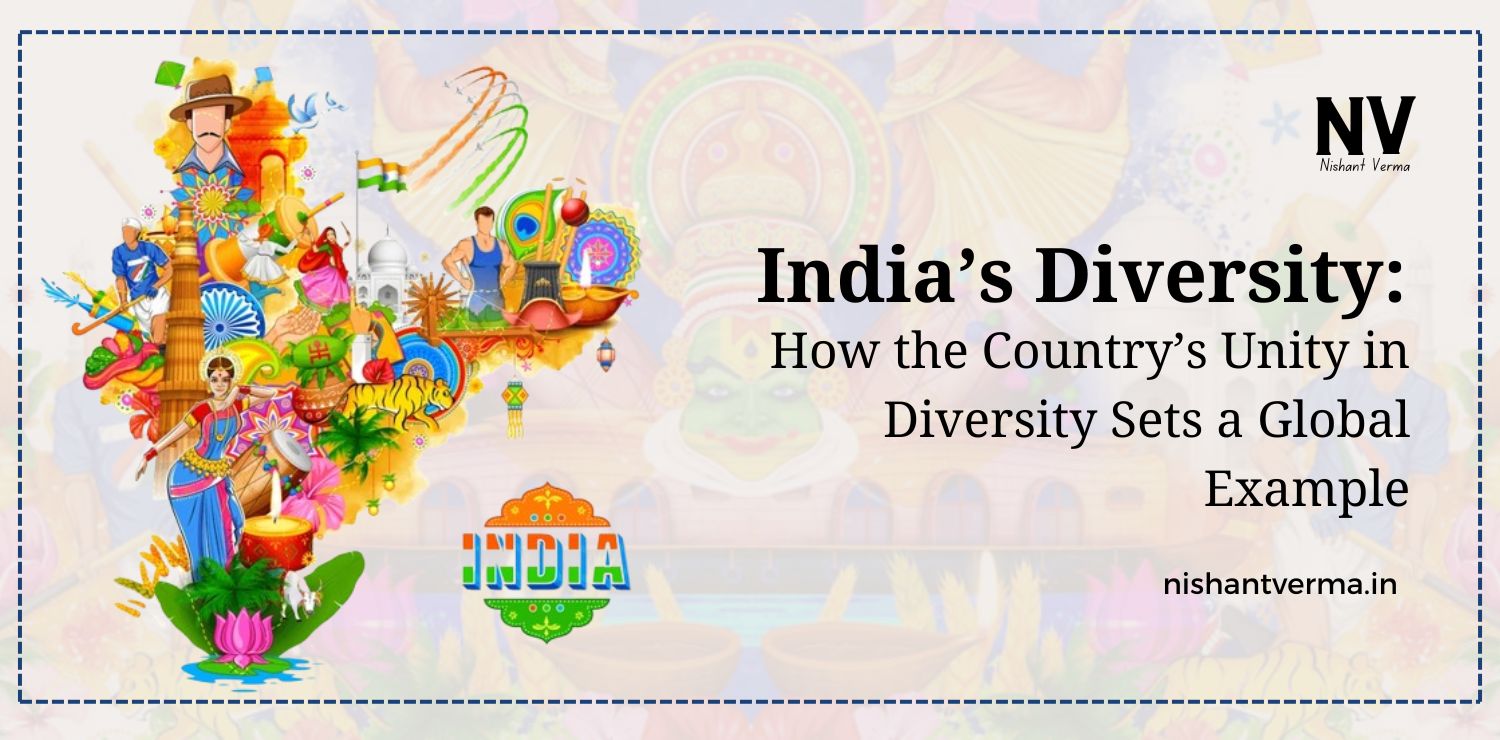The Paralympics Games, a major international multi-sport event for athletes with disabilities, stands as a beacon of resilience, determination, and triumph. The athletes who compete in these games demonstrate that the human spirit is capable of overcoming the most challenging obstacles. This article delves into the inspirational journey of Paralympics, exploring the motivation behind their incredible achievements, the challenges they face, and the impact they have on the world.
The Birth of the Paralympic Movement
The Paralympic Games have a rich history that began in 1948, when Dr. Ludwig Guttmann organized the Stoke Mandeville Games for World War II veterans with spinal cord injuries. His goal was to use sport as a means of rehabilitation, giving injured soldiers a sense of purpose and hope. What started as a small event with only 16 participants has grown into a global phenomenon, now featuring thousands of athletes from all over the world.
The first official Paralympic Games were held in Rome in 1960, coinciding with the Olympic Games. Since then, the Paralympics have become a symbol of inclusivity, showcasing the extraordinary abilities of athletes with physical, intellectual, and sensory disabilities. The Games highlight not only the athletic prowess of these individuals but also their unwavering determination to push beyond their limits.
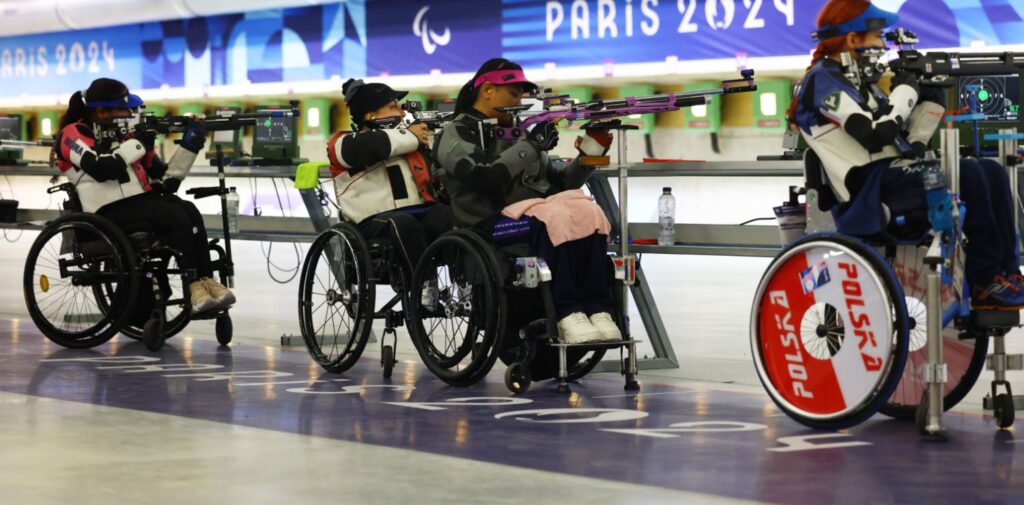
The Motivation Behind the Paralympians
What drives Paralympians to push themselves to the limit, to train tirelessly despite the odds? For many, it’s a deep desire to prove that disability does not define one’s potential. The Paralympic motto, “Spirit in Motion,” encapsulates this drive perfectly. It’s about moving forward, no matter the obstacles.
Many Paralympians draw inspiration from their personal journeys. Whether born with a disability or acquiring one later in life due to injury or illness, these athletes have often faced significant challenges. Their experiences of overcoming physical limitations, social stigmas, and self-doubt fuel their determination to succeed.
For some, sport offers a way to reclaim control over their bodies and lives. It becomes a tool for empowerment, providing a sense of accomplishment and identity. Others are motivated by the desire to be role models, to inspire others with disabilities, showing them that they too can achieve greatness.
Family, friends, and coaches also play a crucial role in motivating these athletes. Their unwavering support, belief, and encouragement help Paralympians stay focused on their goals. This collective strength creates an environment where athletes can thrive and achieve the seemingly impossible.
Overcoming Challenges: The Road to the Paralympics
The road to the Paralympics is fraught with challenges. For many athletes, simply accessing the necessary resources to train can be difficult. Adaptive sports equipment is often expensive and specialized, making it less accessible for those without financial support. Additionally, finding suitable training facilities and coaching can be more challenging for athletes with disabilities compared to their able-bodied counterparts.
Moreover, Paralympians often face societal barriers. Despite progress in disability rights and awareness, misconceptions and stereotypes about disability still exist. Some athletes have to overcome public perceptions that focus on their limitations rather than their capabilities. Breaking through these societal barriers requires not only physical strength but also mental resilience.
Physical challenges are, of course, a significant factor as well. Athletes must adapt to their disabilities, learning how to perform at elite levels despite limitations. This often involves developing new techniques, utilizing adaptive equipment, and maintaining rigorous training schedules. The physical toll on their bodies can be immense, requiring them to manage pain, fatigue, and injury with incredible perseverance.
The journey to the Paralympics also involves rigorous qualification standards, which can vary depending on the sport and classification. Athletes must compete at national and international levels, often traveling extensively, to earn a spot on their country’s Paralympic team. The competition is fierce, and only the best make it to the Games.
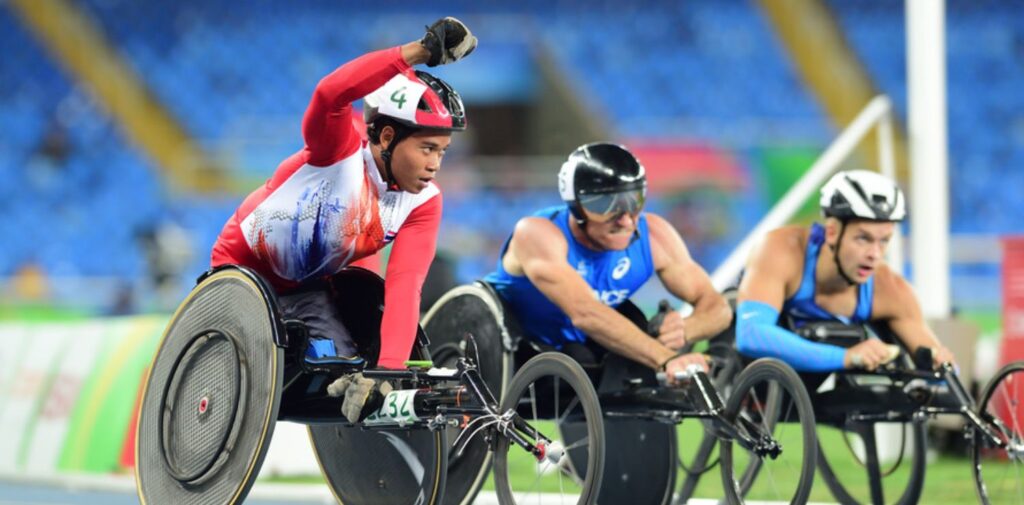
The Impact of Paralympians on Society
The impact of Paralympians extends far beyond the realm of sports. They serve as powerful ambassadors for the rights and capabilities of people with disabilities. Through their performances, they challenge societal norms and redefine what it means to be an athlete.
The Paralympics have played a significant role in changing public perceptions of disability. The visibility of athletes with disabilities competing at the highest levels of sport helps to break down stereotypes and foster a more inclusive society. These athletes show the world that disability is not a barrier to success, but rather a different set of circumstances that can be navigated with strength and determination.
In addition to changing perceptions, Paralympians inspire policy changes and initiatives aimed at improving accessibility and inclusion. Their visibility on the world stage highlights the need for better support systems, such as accessible infrastructure, inclusive education, and employment opportunities for people with disabilities.
Paralympians also inspire future generations of athletes. Young people with disabilities, who may have previously thought that sport was not for them, can look up to these athletes and see a path forward. The Paralympics provide role models who demonstrate that with hard work, passion, and determination, anything is possible.
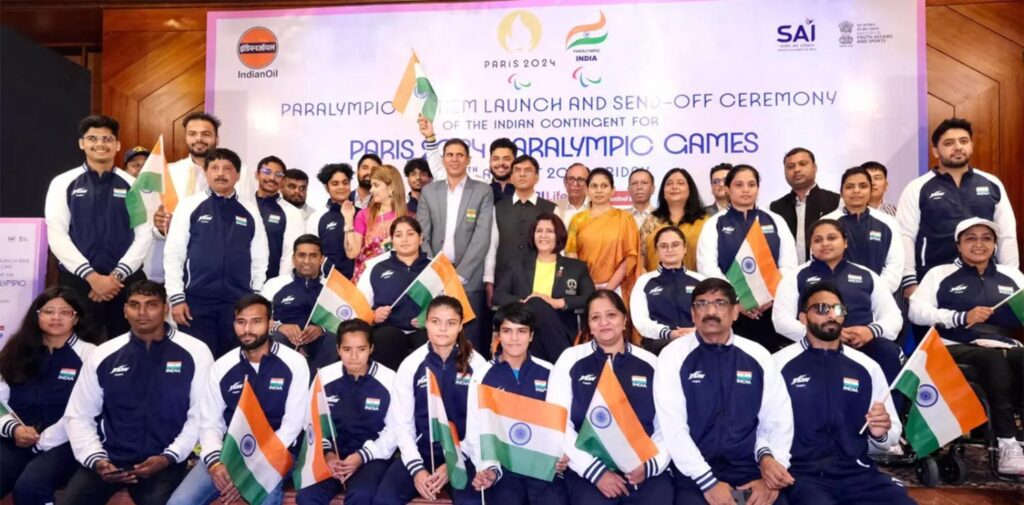
The Future of the Paralympic Movement
As the Paralympic Movement continues to grow, its future looks promising. The International Paralympic Committee (IPC) and national organizations are working tirelessly to promote inclusivity in sports. Advances in technology and adaptive equipment are making it easier for athletes with disabilities to compete at higher levels.
One of the key goals for the future is to ensure that the Paralympic Games continue to gain recognition and respect on par with the Olympic Games. This includes increasing media coverage, securing more sponsorship deals, and ensuring that Paralympians receive the same level of support and recognition as their Olympic counterparts.
There is also a growing movement towards greater integration of disabled and non-disabled athletes in sports events. While the Paralympics will always have a unique place in the sporting world, this integration can further promote inclusivity and break down barriers.
The future also holds the potential for expanding the reach of the Paralympics to even more athletes. Efforts are being made to include more sports, and there is a growing emphasis on ensuring that athletes from all backgrounds and regions have the opportunity to compete. This expansion will make the Games even more representative of the global population of people with disabilities.
Conclusion: A Legacy of Inspiration
The Paralympic Games are more than just a sporting event; they are a celebration of the human spirit’s ability to overcome adversity. Paralympians exemplify resilience, determination, and the power of sport to change lives. Their stories inspire millions around the world, proving that with the right mindset, support, and perseverance, no challenge is too great.
As the Paralympic Movement continues to grow and evolve, it will undoubtedly inspire even more people to break boundaries and redefine what is possible. The legacy of the Paralympians will continue to motivate future generations, showing them that the only limits that truly exist are the ones we place on ourselves.

